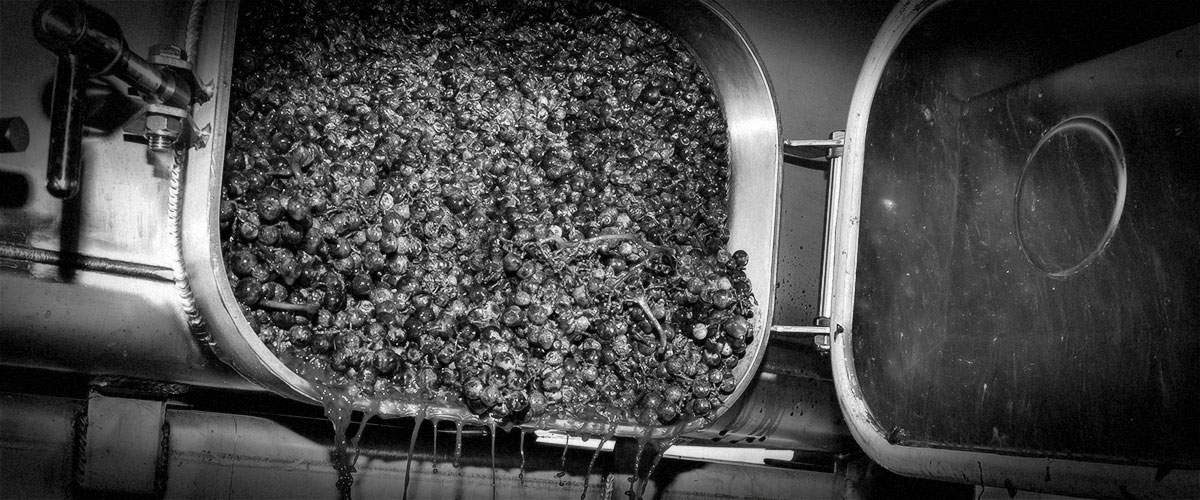by Chris Russell, Contributor
One of the oldest human traditions, winemaking spans the entirety of recorded history and likely existed long before we got the idea to record history. The finer details of how wine is made have evolved over the millennia, but the basic process remains the same: grapes are harvested, their juice is fermented, and the result is wine. The particulars would fill a library, but we’ll examine the basic steps of winemaking for starters.
1) Growing & Harvesting Grapes
To make wine, we first need to grow grapes. Grapes can grow just about everywhere, but we’re fortunate that Southern Oregon’s Rogue Valley is an ideal location for vineyards, boasting the perfect climate and weather for exceptional grapes, which in turn make for exceptional wine. As the grapes ripen, we study them carefully for signs that they’re ready to be harvested, then we harvest them when the time is right.
2) Making Must
Once we have our grapes, we need to process them for fermentation. For white wines, the grapes—stems and all—are usually pressed directly to separate the fruit from the juice, which is then ready to be fermented. For red wines, the process gets a little more complex: the grapes are destemmed into must, and the wine is fermented with the grape skins still present, allowing the wine to extract its characteristic red color (and tannins) from the skins. The stems, which would contribute an unpleasant astringent flavor, are removed prior to fermentation. Rosé wines can be made in many different ways. At 2Hawk, the fruit for our Rosé wines starts off similarly to the reds, but the skins are removed sooner so they only contribute a subtle hint of color.
3) Fermentation
At this point, regardless of which type of wine we’re making, we have what is essentially a sweet juice. It is tasty—but not what we’re looking for! To make wine, we need yeast to transform the naturally present sugars into alcohol through a process called fermentation.
Where does the yeast come from? Most winemakers add a commercially available, cultured strain to achieve fast and predictable results. This yeast is usually a strain of Saccharomyces cerevisiae, the same species used to make beer and bread all over the world.
4) Testing & Tasting the Wine
We continue monitoring the must as our feral yeasts conduct their crucial work. When fermentation is complete, we have wine! You could certainly enjoy it at this stage if desired. This is when we really focus on tasting the wine. Each batch is slightly different—a little residual sweetness here, a little more acidity there—and understanding each one’s unique qualities helps us determine how to ensure the wine reaches its absolute best.
5) Zeroing In
From here, it’s time to make the wine shine—in some cases, quite literally! The specifics here vary since different types of wines are handled differently. For example, Cabernet Sauvignon, Pinot noir, Chardonnay, and Viognier all have their own individual processes and quirks. We sometimes treat wine to remove excess tannins or improve texture on the palate. We might adjust the acidity slightly to ensure the wine is perfectly balanced. We then age the wine for the appropriate amount of time, and we may blend different lots to create the precise qualities we’re seeking. Once we’ve finished fine-tuning the wine, it’s ready to be bottled and savored.
Learn More
We hope you enjoyed learning about the basics of making wine. In future posts, we’ll discuss the winemaking process in more detail, including how specific wines are handled. If there’s anything you’re especially curious about, please let us know!
Meanwhile, if you’d like to learn more about our Rogue Valley wines, here are a few ways:
- Before wine can be made, grapes must be harvested. Learn how winemakers decide when to harvest grapes.
- Stop in the tasting room to try our current wines.
- Follow us on Facebook and Instagram to keep up with the latest happenings.

